LOS ANGELES — Guimi You is quickly becoming one of my favorite contemporary figurative painters. Trained in both traditional Korean and Western techniques, her work is a unique synthesis that combines elements and influences from Symbolist and Surrealist art, Korean landscape painting, and even children’s book illustrations. Her solo show at Make Room, entitled Winter Blossom, features eight new works that sprinkle moments of transformation and poetic possibility into everyday scenes.
One of the most fascinating aspects of You’s art is her color sensibility. The Western influence is evident in her use of highly mixed colors and passages of slight temperature and value shifts, as in “Magic Island” (2023). A Korean approach to color that is more symbolic manifests visually as highly saturated and contrasting hues placed next to each other (in the traditional Korean palette, each color represents a different element or cardinal direction). For example, the spines of the books in “Still Books” (2023) and the bottom half of “Orange Studio” (2023) recall the vibrant color combinations of traditional Korean hanbok and bojagi.
Featured image: Guimi You, “Sketch in the Cafe” (2023), oil on linen, 76 x 57 1/8 inches
Read the original article here… and return to share your comments on artistvenu below

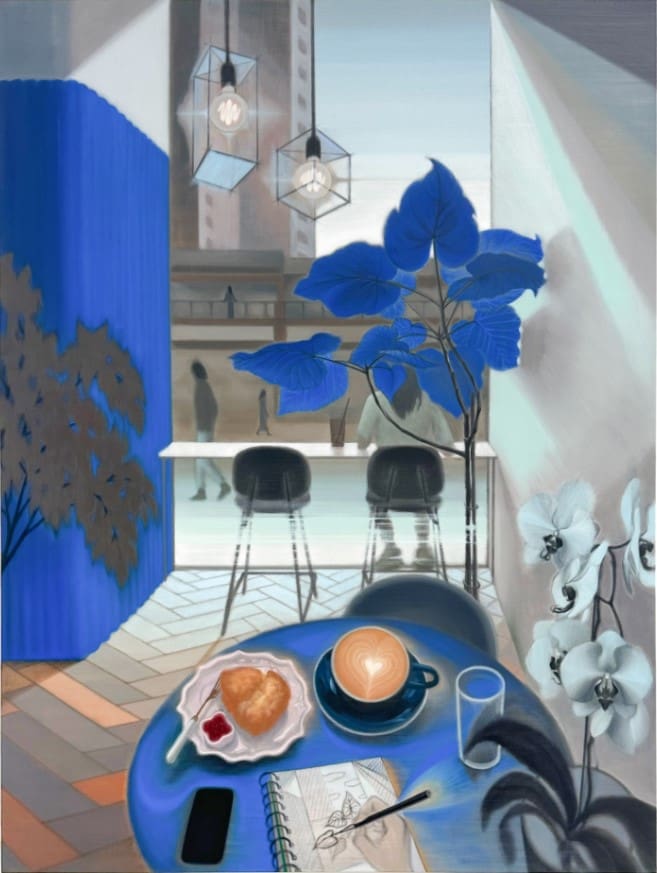

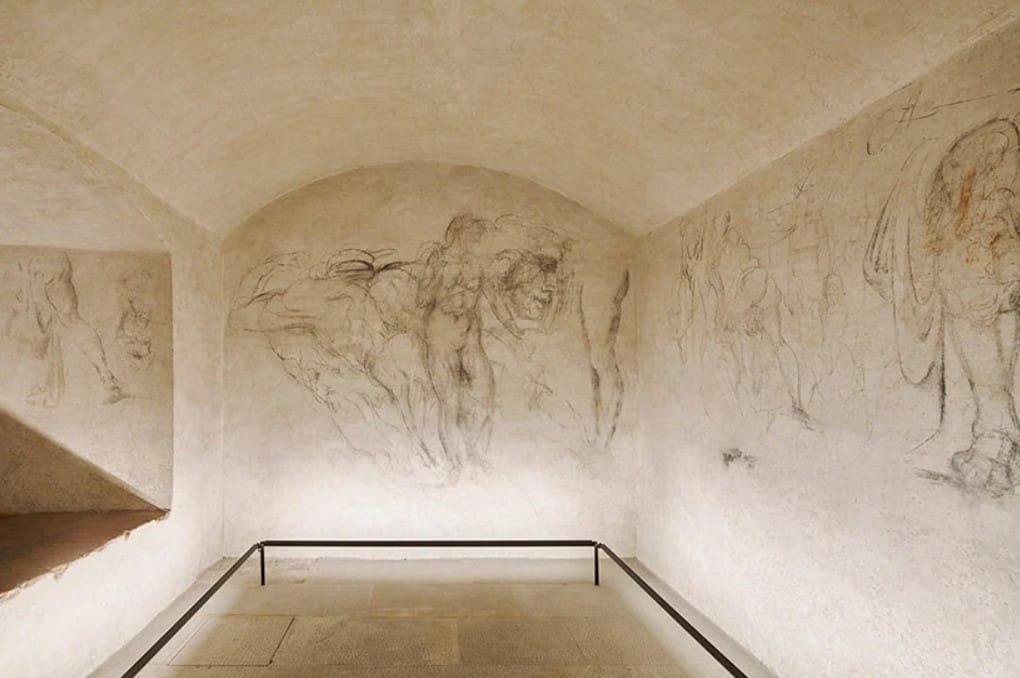
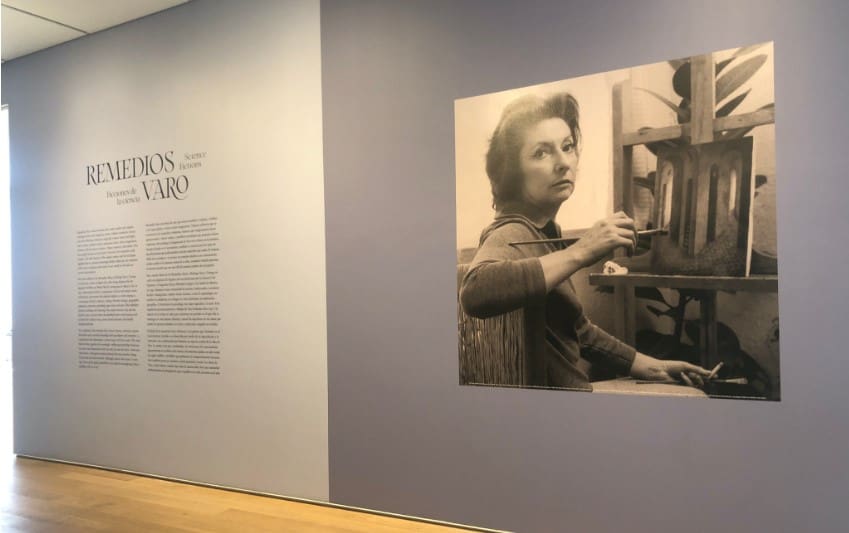

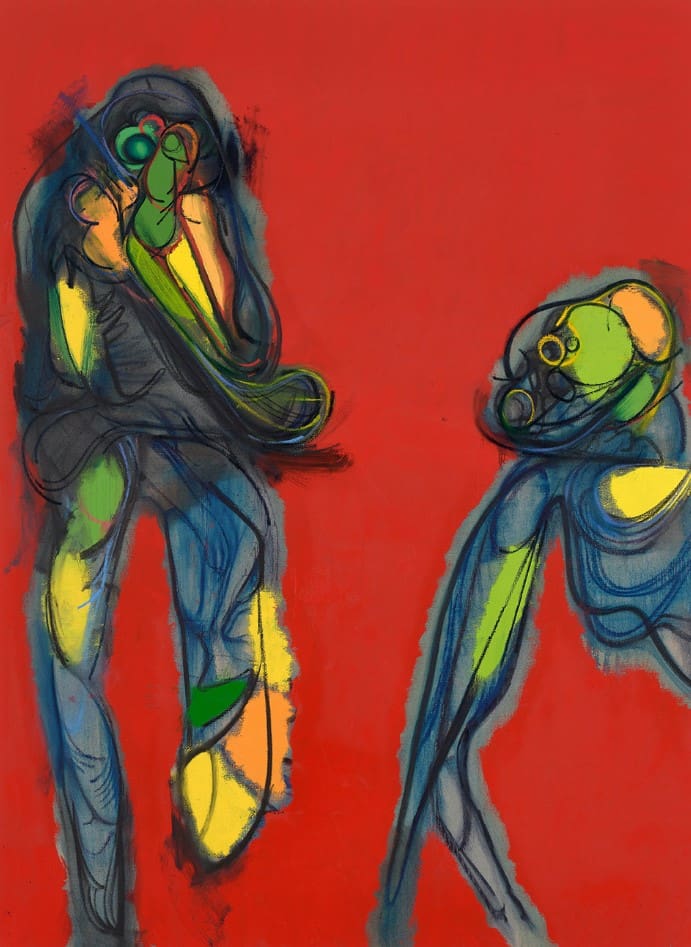
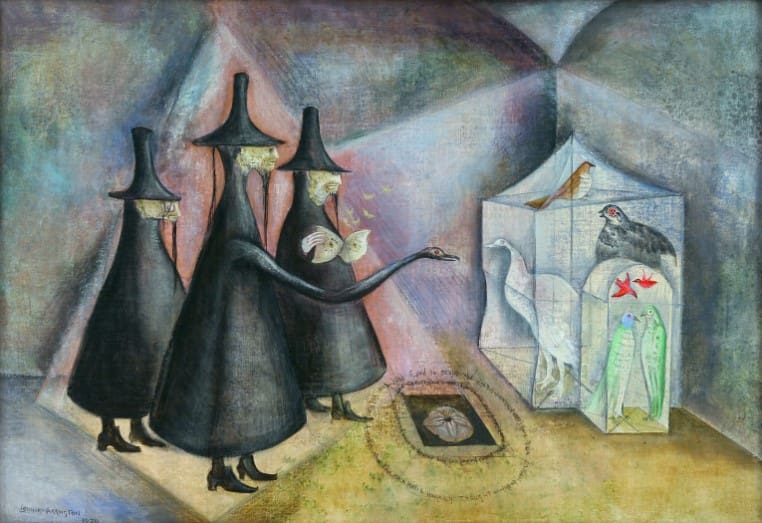
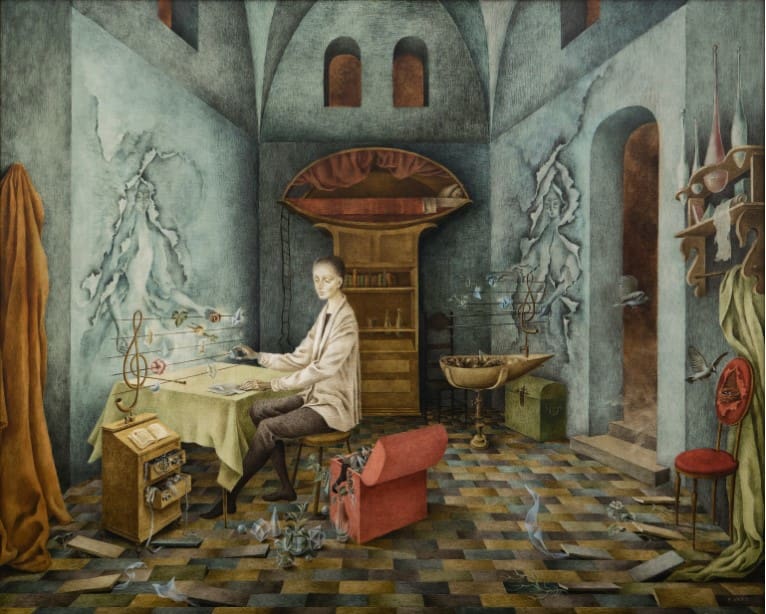


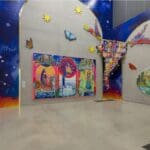



![Artist Shares Secrets of How To Draw Incredibly Realistic Portraits [Interview]](https://artistvenu.studio/wp-content/uploads/2023/12/Screenshot_242-150x150.jpg)
